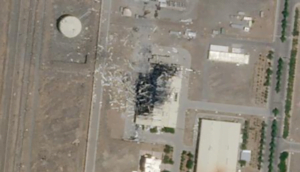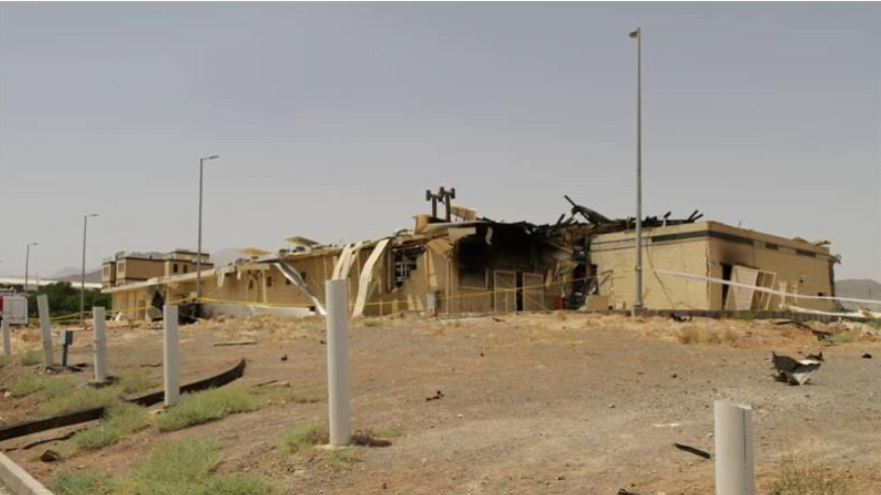
Iran’s regime, led by the Islamic Revolutionary Guard Corps, believes in two types of actions. It believes first in perceived tit-for-tat responses and also in asymmetric attacks.
As evidence mounts and pressure builds on Tehran’s regime in the wake of the explosions that badly damaged a facility at Natanz, questions focus on how Iran might respond.
The government is in a difficult position because it labeled the explosion an accident, but it is now facing a deluge of foreign media
reports seeking to conclude that the explosion was perpetrated by a state or group.
This is what Iran’s regime is reading: Major media from The New York Times to The Washington Post and local media such as Kuwait’s Al-Jarida have all sought to assert that Israel was involved in the mysterious July 2 explosion at a warehouse in the Natanz nuclear enrichment facility.
The Times and Post quoted a Middle East security official as saying the damage was done to “send a signal” to Tehran. Reports also claim damage was done to key centrifuges or possibly to advanced gas inputs to the IR-6 centrifuges. That could set back the program for months or a year.
Iran, however, is at a crossroads in other ways. It has sent tankers to Venezuela to boost gas trade. It’s supporters in Iraq may have gunned down a well-known local commentator named Husham al-Hashimi. Iran is also benefiting from a UN expert opinion that deemed the US killing of IRGC Quds Force head Qasem Soleimani an ‘unlawful’ killing. The Islamic Republic has also triggered a dispute mechanism regarding the 2015 Iran deal.
That means Iran must weigh any response to the Natanz explosion against military and political fallout.
HOW MIGHT Iran respond to what it perceives as an attack, if the regime does draw that conclusion from Natanz?
Iran’s regime, led by the Islamic Revolutionary Guard Corps, believes in two types of actions. It believes first in perceived tit-for-tat responses, such as the ballistic missile strike carried out in January after Soleimani was killed by the US.
Also Read: Border Guards first defensive stronghold of country: cmdr.

